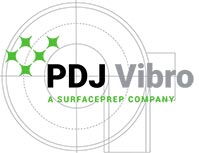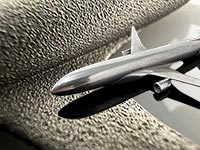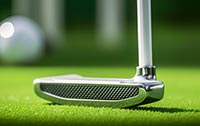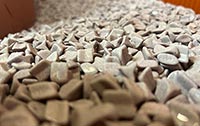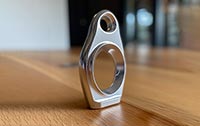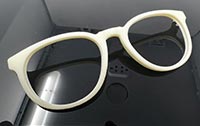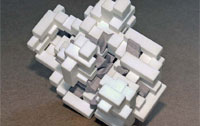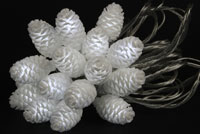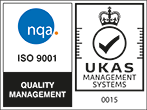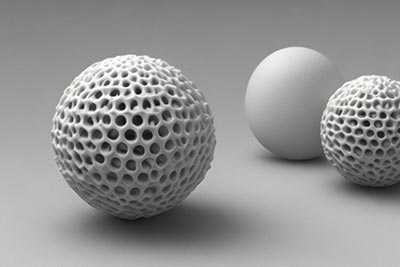
Image: 3D printed sls spheres with roughness of 2 ra
PDJ Vibro systems are ideal for the post-processing of 3D printed parts due to a multitude of reasons, including their cost-effectiveness and labour efficiency:
Speed, Automation, and Labour Efficiency: PDJ Vibro bowls automate and expedite the finishing of 3D printed components, notably those made by selective laser sintering (SLS). This automation reduces the need for manual labour, making the process more efficient. According to Steve Willmott, RP director at Ogle Models and Prototypes, the use of PDJ Vibro bowls has considerably trimmed the time needed to prepare customers' components, particularly those 3D printed with their SLS equipment. This reduced labour translates into lower costs and faster turnarounds, making PDJ Vibro systems a cost-effective solution for post-processing 3D printed parts.
Cost-Effectiveness: The automation and speed brought about by PDJ Vibro systems translate into cost savings. Less time spent on manual finishing means more cost-effective production. The ability to handle a variety of part sizes and complexities without the need for multiple machines or tools also contributes to its cost-effectiveness.
Versatility: The ability to handle a variety of part sizes and complexities without the need for multiple machines or tools contributes to cost-effectiveness and labour efficiency.
Enhanced Surface Finish: By enhancing the surface finish, PDJ Vibro systems can reduce or eliminate the need for additional post-processing steps, saving time and labour.
Media Selection: The ability to select the appropriate abrasive medium reduces the risk of part damage and rework, saving costs and labour.
Flexibility and Durability: By enhancing the flexibility and durability of parts, PDJ Vibro systems can reduce the risk of part failure and the need for replacement or repair, saving costs.
In conclusion, PDJ Vibro systems offer a versatile, efficient, and effective solution for the post-processing of 3D printed parts. Their speed, automation, and ability to enhance the surface finish and properties of parts, while saving significant time compared to manual finishing methods, make them a cost-effective and labour-efficient choice for post-processing 3D printed parts.
